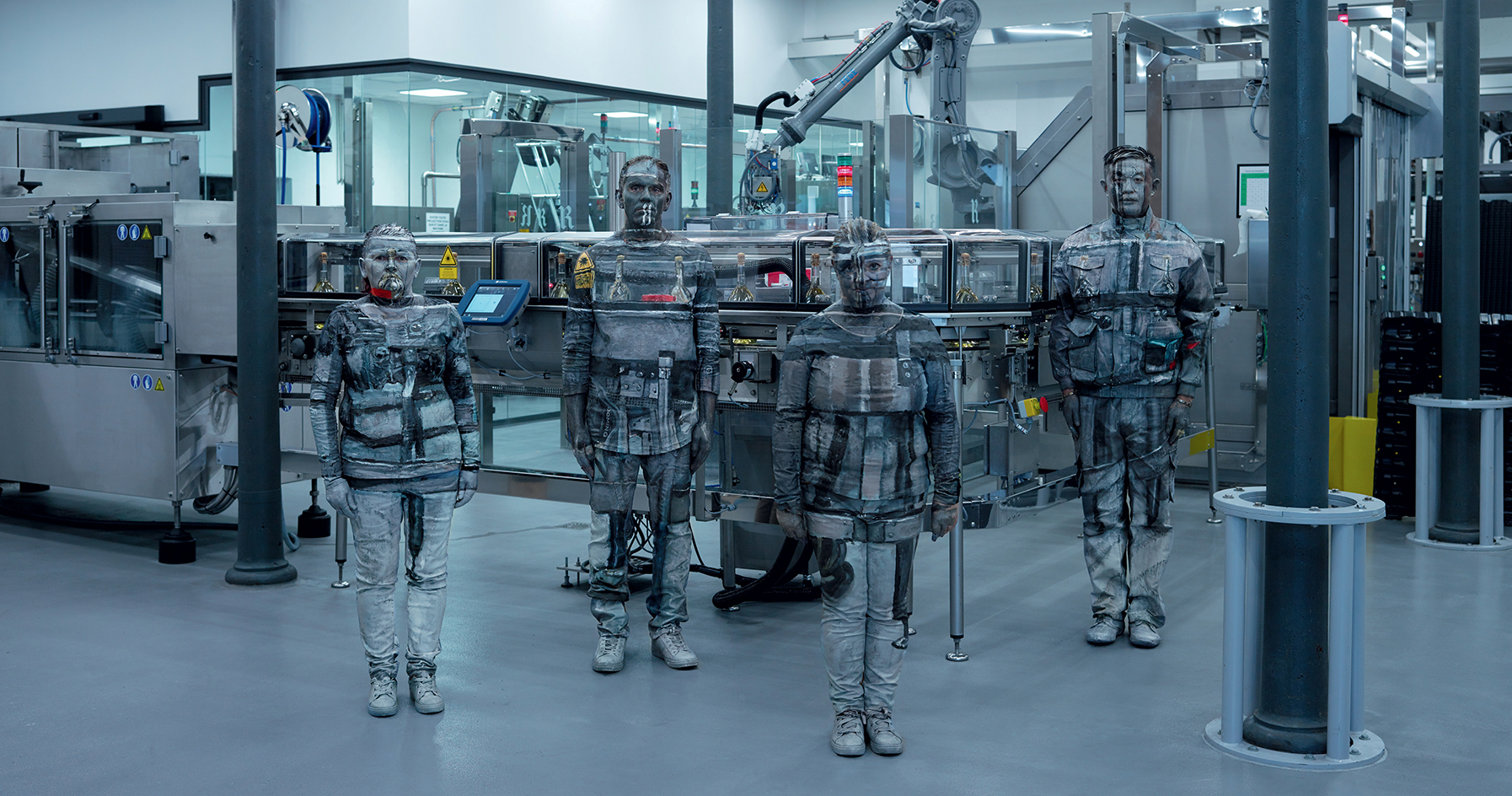Vik Muniz exposes his shared roots with Ruinart
The Brazilian artist magnifies the close relationship between man and nature in a series produced during his residency at the French champagne house
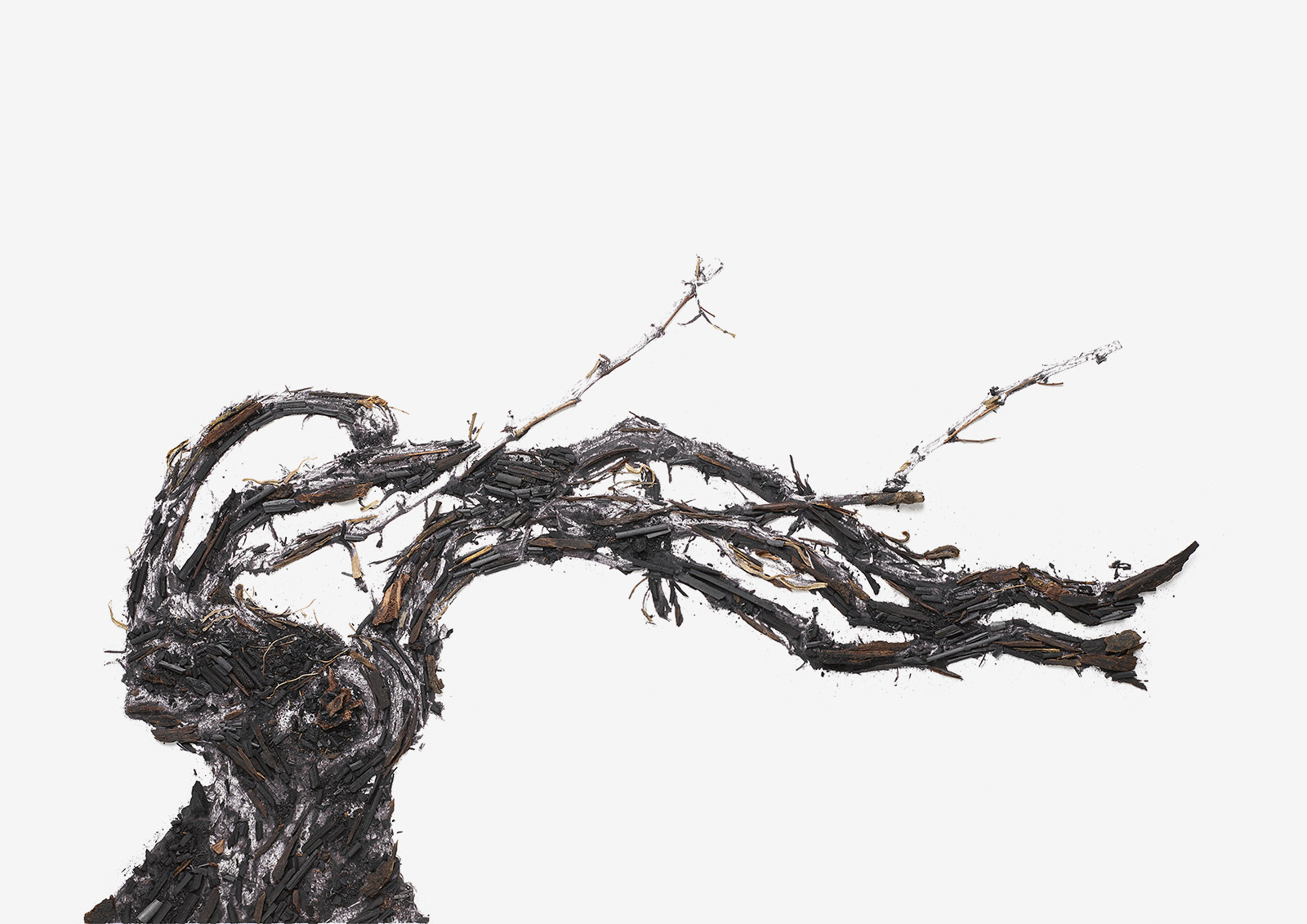
There’s long been debate about whether winemaking is an art or a science. For Brazilian artist Vik Muniz, who recently unveiled six photographic works in collaboration with champagne house Ruinart, there’s undeniably a great deal of creativity involved in creating fine wine. ‘Winemaking is a very complex thing. It requires a lot of knowledge, and somebody like Frederic Panaïotis [cellar master at Ruinart], is very creative,’ says Muniz. ‘It’s just as experimental as what I do as an artist.’
After gathering inspiration during an art residency on a vineyard belonging to Ruinart, Muniz has revealed his body of work, Shared Roots. Stemming from the French house’s bucolic surroundings, Muniz’s works explore the human and nature relationship between the winegrowers and vineyards as well as the terroir. ‘These are all connected. Everything comes from the ground, and everything comes from the soil,’ says Muniz.
On display until the end of March in Ruinart’s gallery, which is housed in one of its cellars in Champagne, Shared Roots will travel to over 30 art fairs including Frieze and Art Basel before returning to the Maison. Ruinart has worked with artists since 1896, including Piet Hein Eek, Liu Bolin and Maarten Baas. For the champagne brand, Muniz was an obvious next choice. ‘He is a Francophile: he speaks French, he is an epicurean, he loves food. He’s [also] an extremely lively, entertaining Brazilian, and we thought he is the best ambassador we could have,’ says Ruinart president Frédéric Dufour.
RELATED STORY
The theme Muniz chose for this project is one he’s been toying with for a while – even before the residency was offered to him. ‘I wanted to work with the idea of tree morphology. When I met Frédéric Panaïotis, he knew all about it. He can tell [so much about] leaves just by looking at them,’ says Muniz, who was deeply inspired by Panaïotis’ wealth of knowledge. In the six photographic prints, Muniz captures the vines through the use of natural elements like charcoal, leaves and blackened wood.
Trees are something Muniz has wanted to use as a subject, but never had the opportunity to. Until he had access to the Sillery vineyard on the Montagne de Reims. It was through the landscape and his discussions with Panaïotis – who offers a contrasting and unique skill set – that Muniz unlocked a certain creativity. ‘I’m very curious about working with people who are very passionate about what they do, and who work in something completely different to me. I have worked with scientists, poets, writers, perfume makers. I think this contrast creates a lot of knowledge.’ §
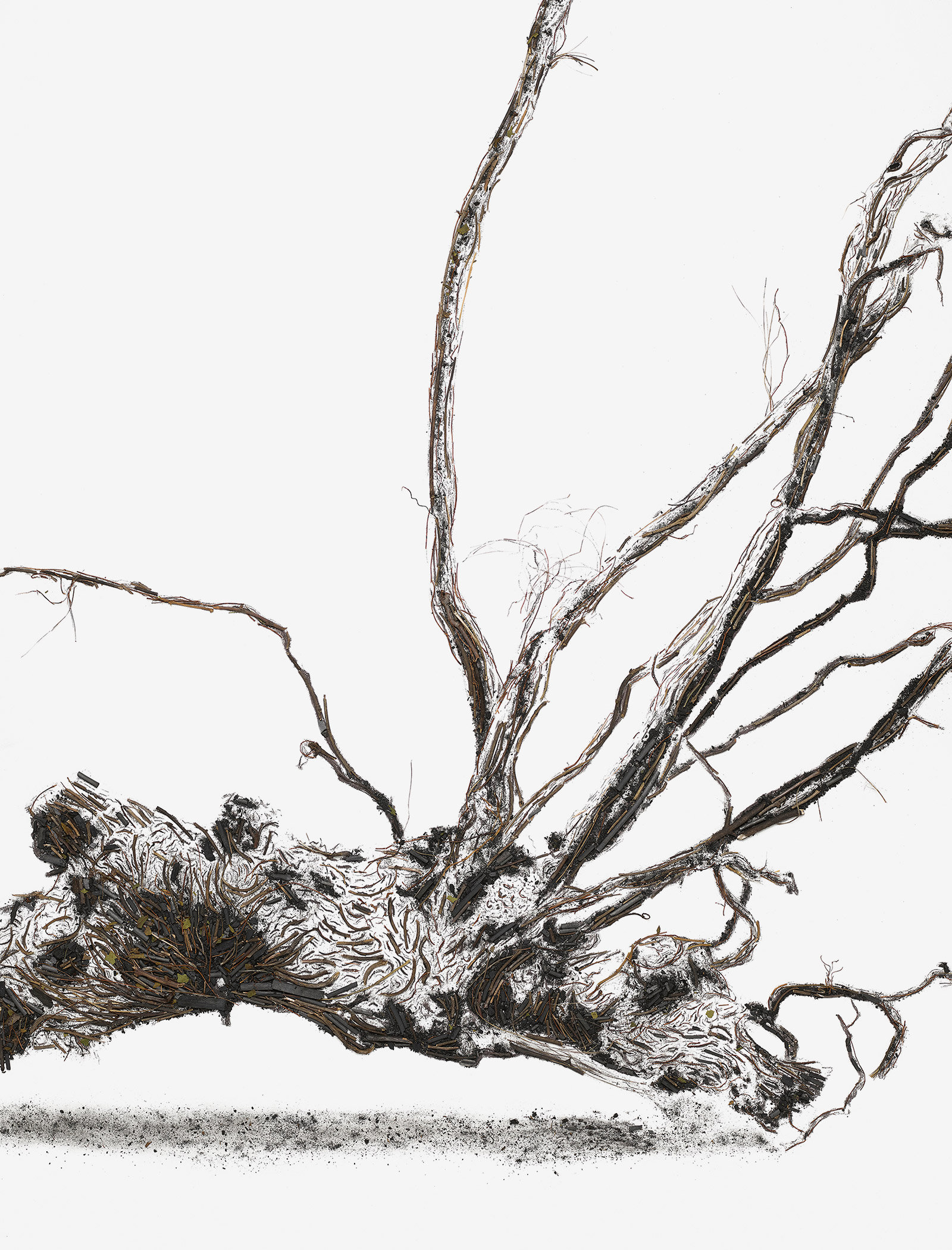
Flow Polyptych, 2019, by Vik Muniz.
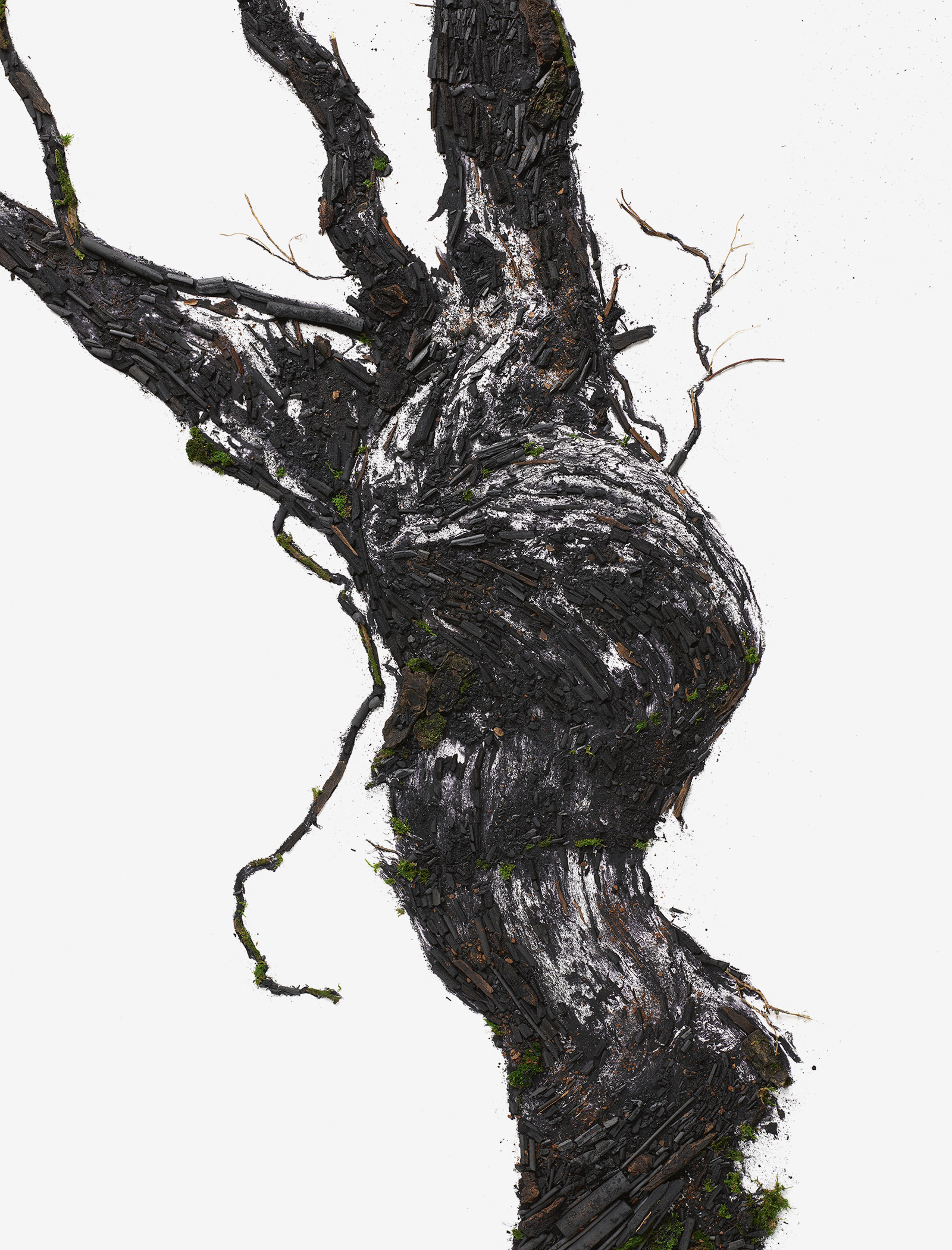
Flow Vine, 2019, by Vik Muniz.
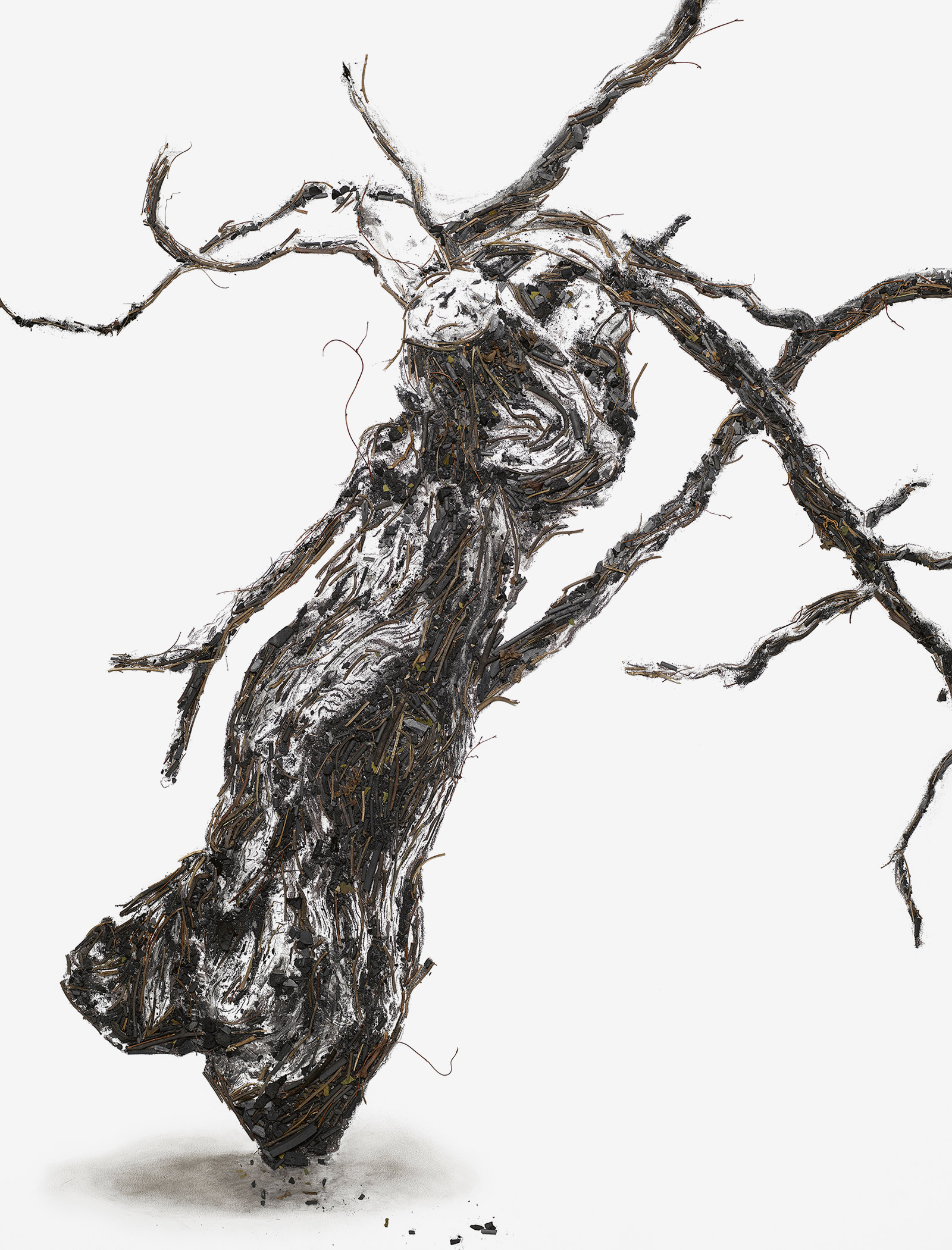
Flow Polyptych, 2019, by Vik Muniz.
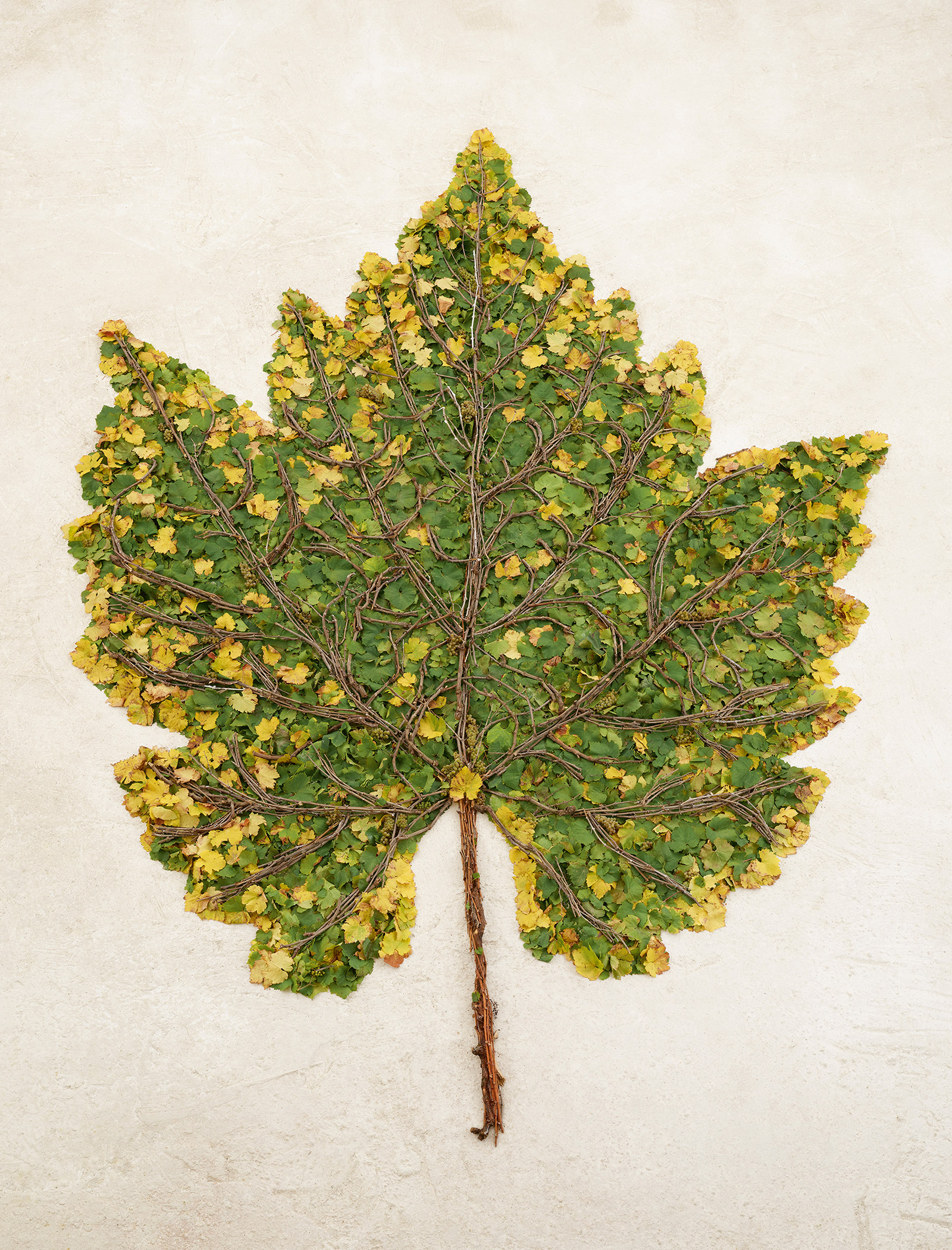
An ampelographic representation of the Chardonnay plant was composed of leaves, shoots and bunches from the Sillery vineyards. This vast work was created in one of the UNESCO World Heritage crayère chalk cellars belonging to the Maison Ruinart in Reims.
INFORMATION
ruinart.com; vikmuniz.net
Wallpaper* Newsletter
Receive our daily digest of inspiration, escapism and design stories from around the world direct to your inbox.
Mary Holland is a South African writer based in New York. She has written for HTSI, WSJ Magazine, Architectural Digest, Elle Decor, W Magazine, the Financial Times and more. She travels to Mexico frequently.
-
 Nikos Koulis brings a cool wearability to high jewellery
Nikos Koulis brings a cool wearability to high jewelleryNikos Koulis experiments with unusual diamond cuts and modern materials in a new collection, ‘Wish’
By Hannah Silver
-
 A Xingfa cement factory’s reimagining breathes new life into an abandoned industrial site
A Xingfa cement factory’s reimagining breathes new life into an abandoned industrial siteWe tour the Xingfa cement factory in China, where a redesign by landscape specialist SWA Group completely transforms an old industrial site into a lush park
By Daven Wu
-
 Put these emerging artists on your radar
Put these emerging artists on your radarThis crop of six new talents is poised to shake up the art world. Get to know them now
By Tianna Williams
-
 Don’t miss these five artists at Art Basel Hong Kong
Don’t miss these five artists at Art Basel Hong KongArt Basel Hong Kong – the glittering intersection of European curatorial expertise and Asia's money-fuelled art swagger – returns for its 2025 edition
By Daven Wu
-
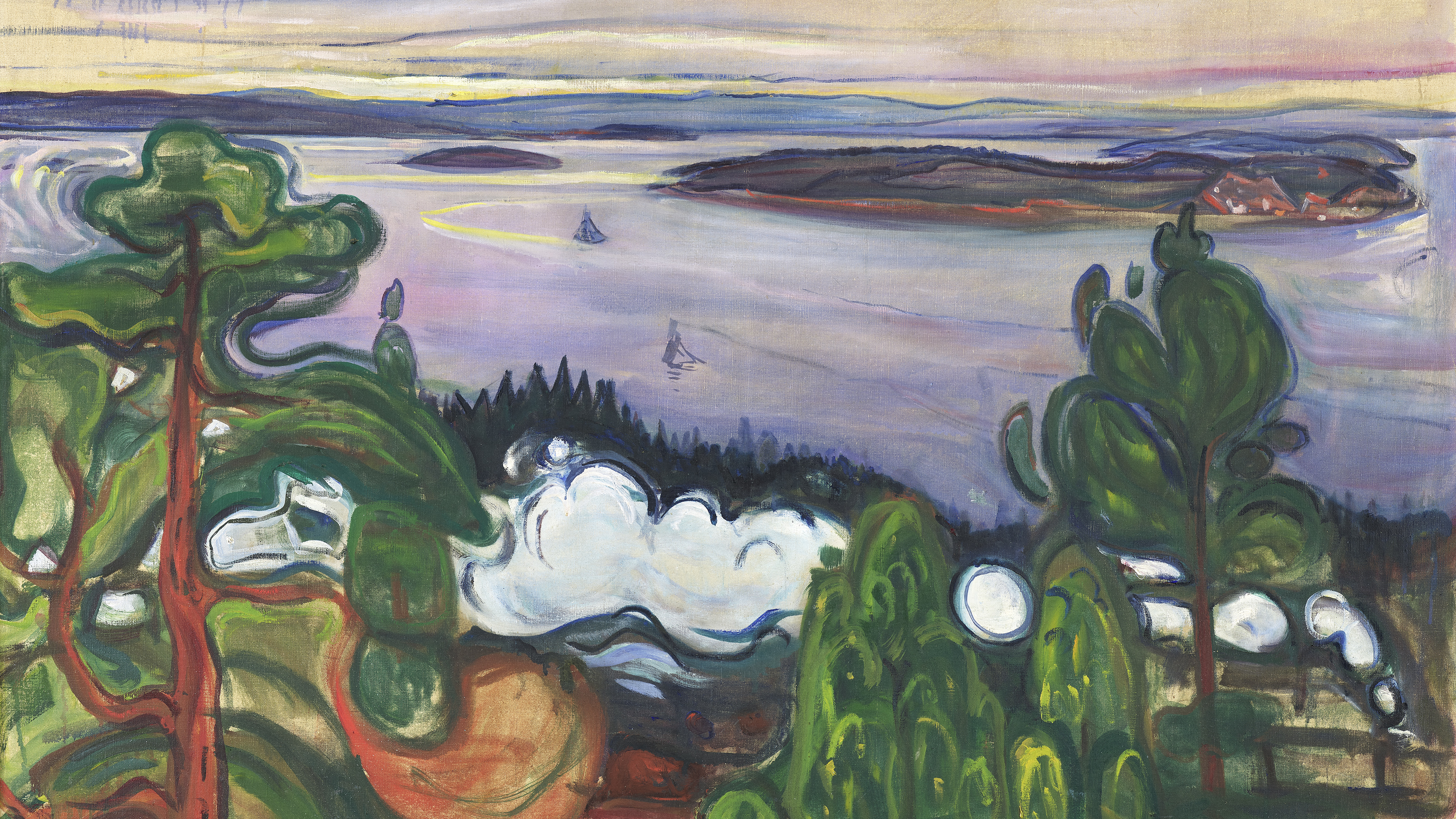 Switzerland’s best art exhibitions to see in 2025
Switzerland’s best art exhibitions to see in 2025Art fans, here’s your bucket list of the standout exhibitions to see in Switzerland in 2025, exploring compelling themes and diverse media
By Simon Mills
-
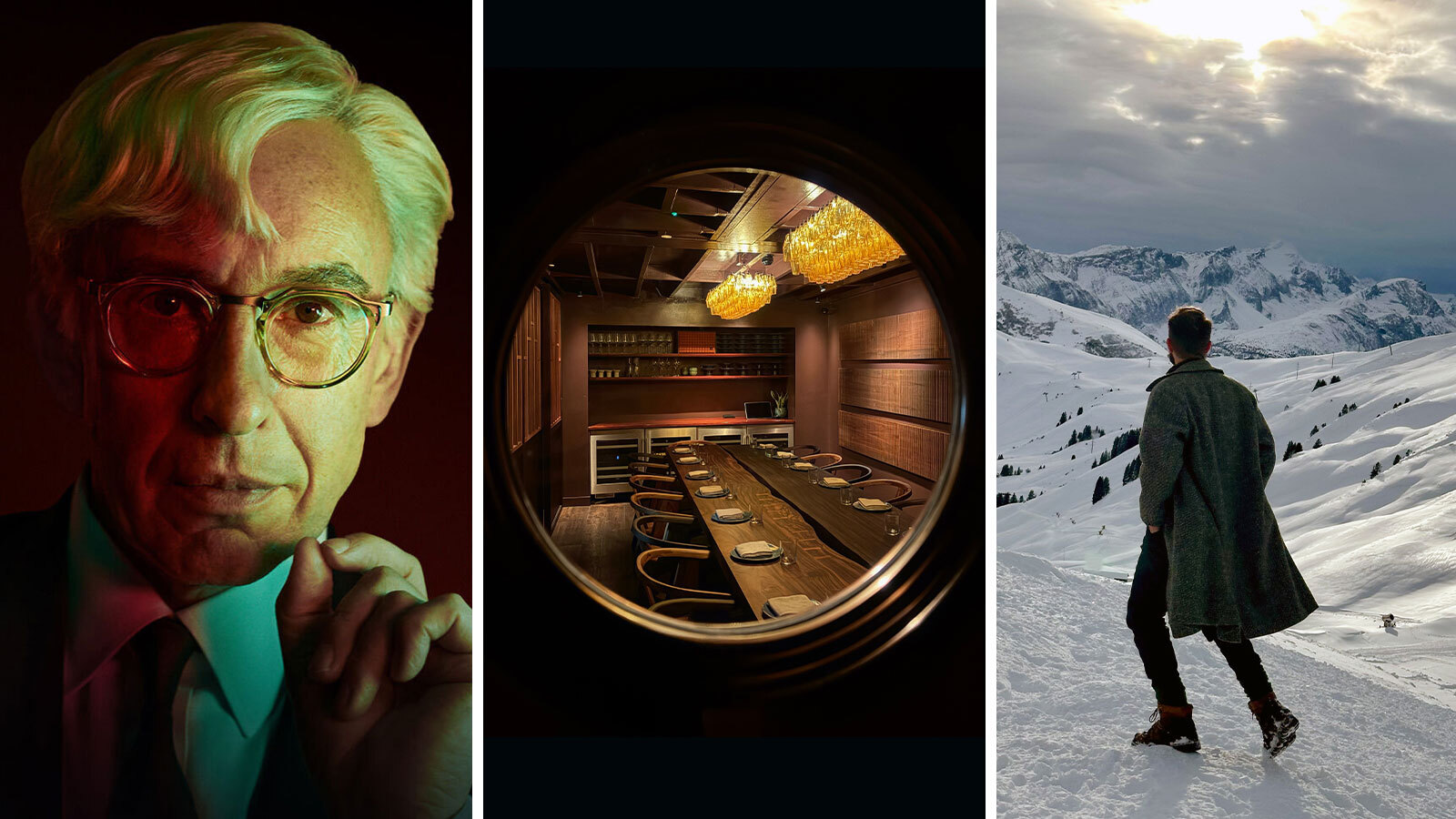 Out of office: what the Wallpaper* editors have been doing this week
Out of office: what the Wallpaper* editors have been doing this weekA snowy Swiss Alpine sleepover, a design book fest in Milan, and a night with Steve Coogan in London – our editors' out-of-hours adventures this week
By Bill Prince
-
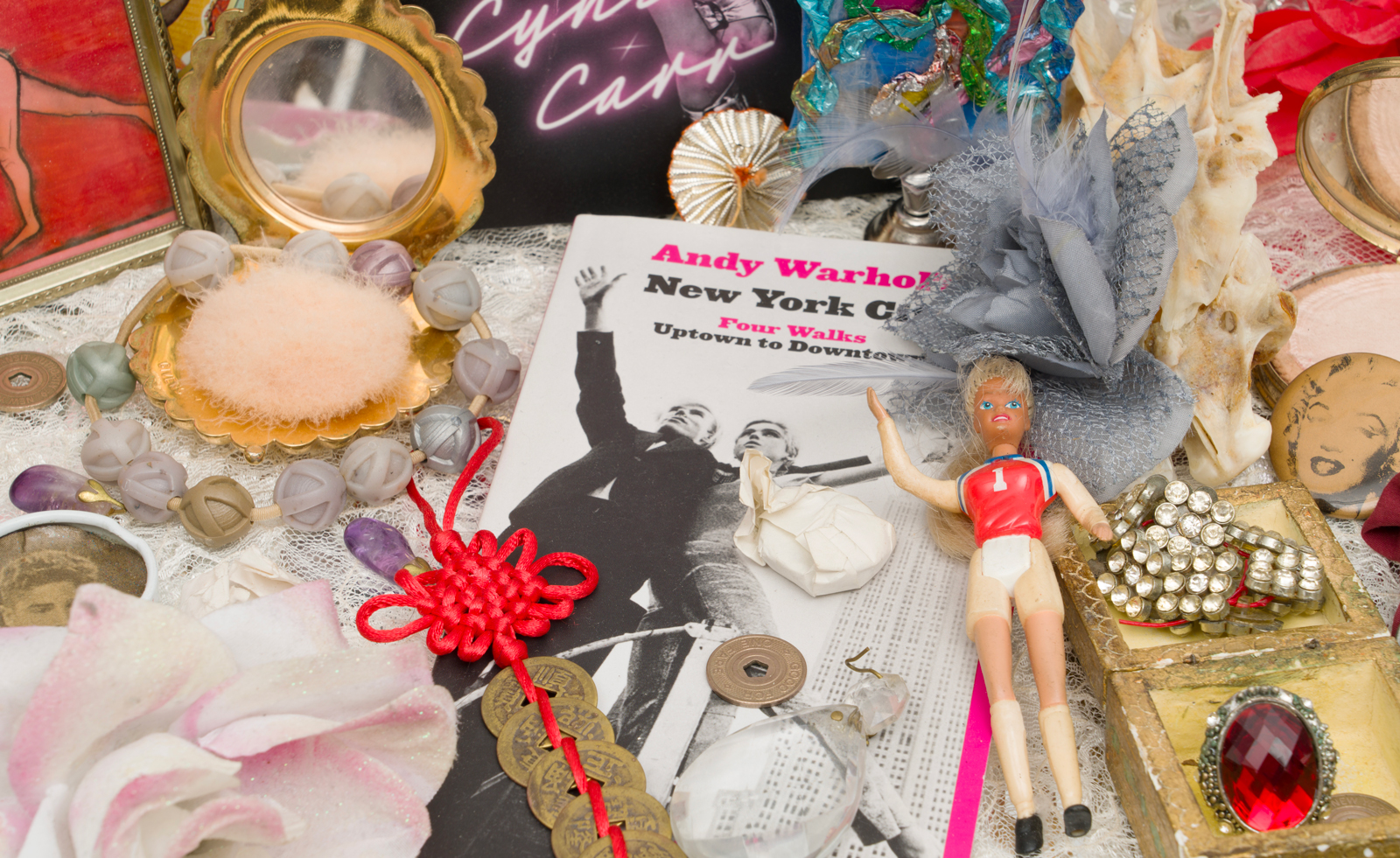 What to look out for at Art Basel Miami Beach 2024
What to look out for at Art Basel Miami Beach 2024Art Basel Miami Beach returns for its inaugural edition under new director Bridget Finn, running 6-8 December, with 286 international exhibitors and a packed week of parties, pop-up, and special projects
By Annabel Keenan
-
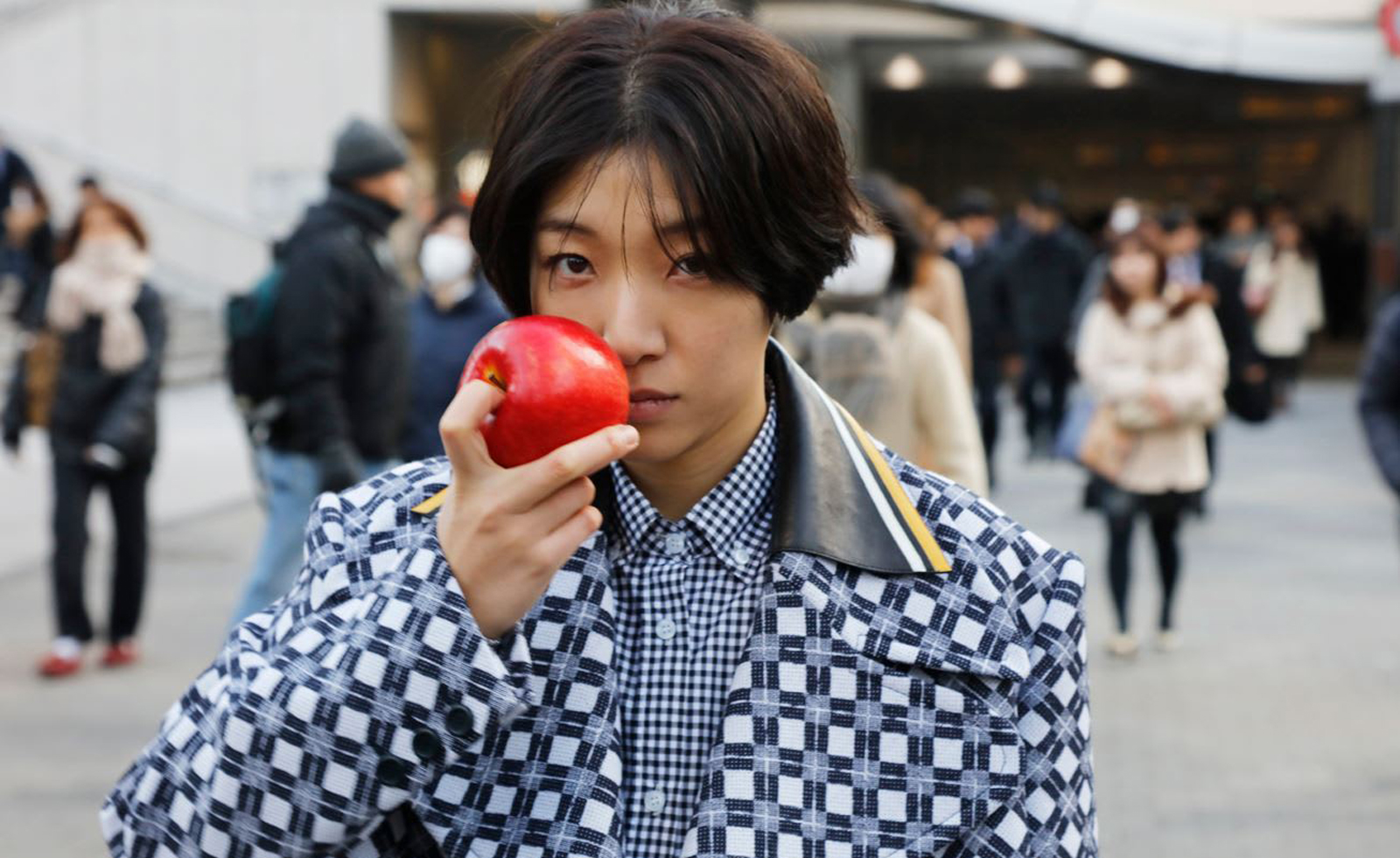 Miu Miu’s Women’s Tales film series comes to life for Art Basel Paris
Miu Miu’s Women’s Tales film series comes to life for Art Basel ParisIn ‘Tales & Tellers’, interdisciplinary artist Goshka Macuga brings Miu Miu’s Women’s Tales film series for Art Basel Paris to life for the public programme
By Amah-Rose Abrams
-
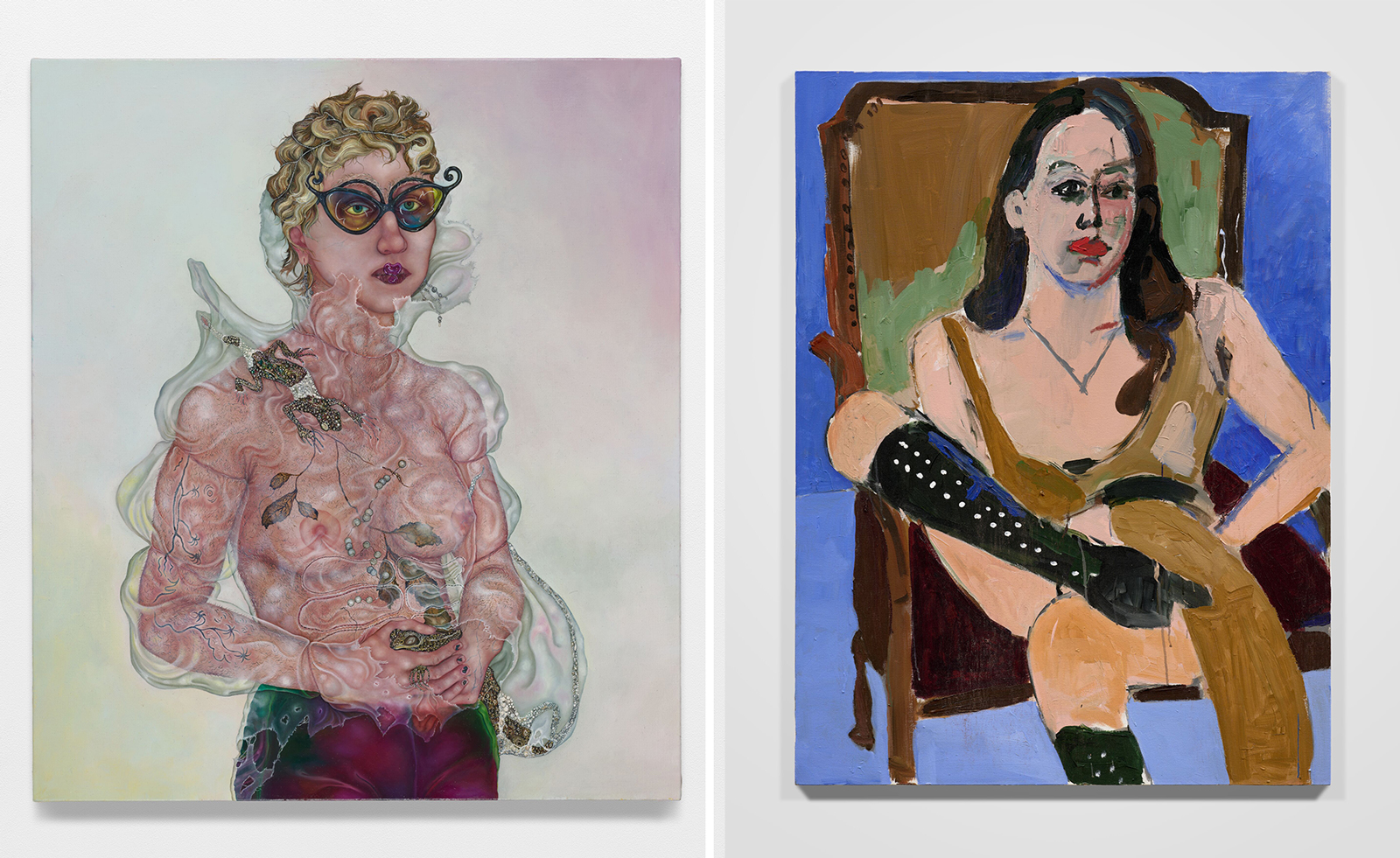 Art Basel returns to Paris: here is everything to see and do
Art Basel returns to Paris: here is everything to see and doArt Basel Paris 2024 (18 - 20 October 2024) returns, opening at the newly renovated Grand Palais
By Amah-Rose Abrams
-
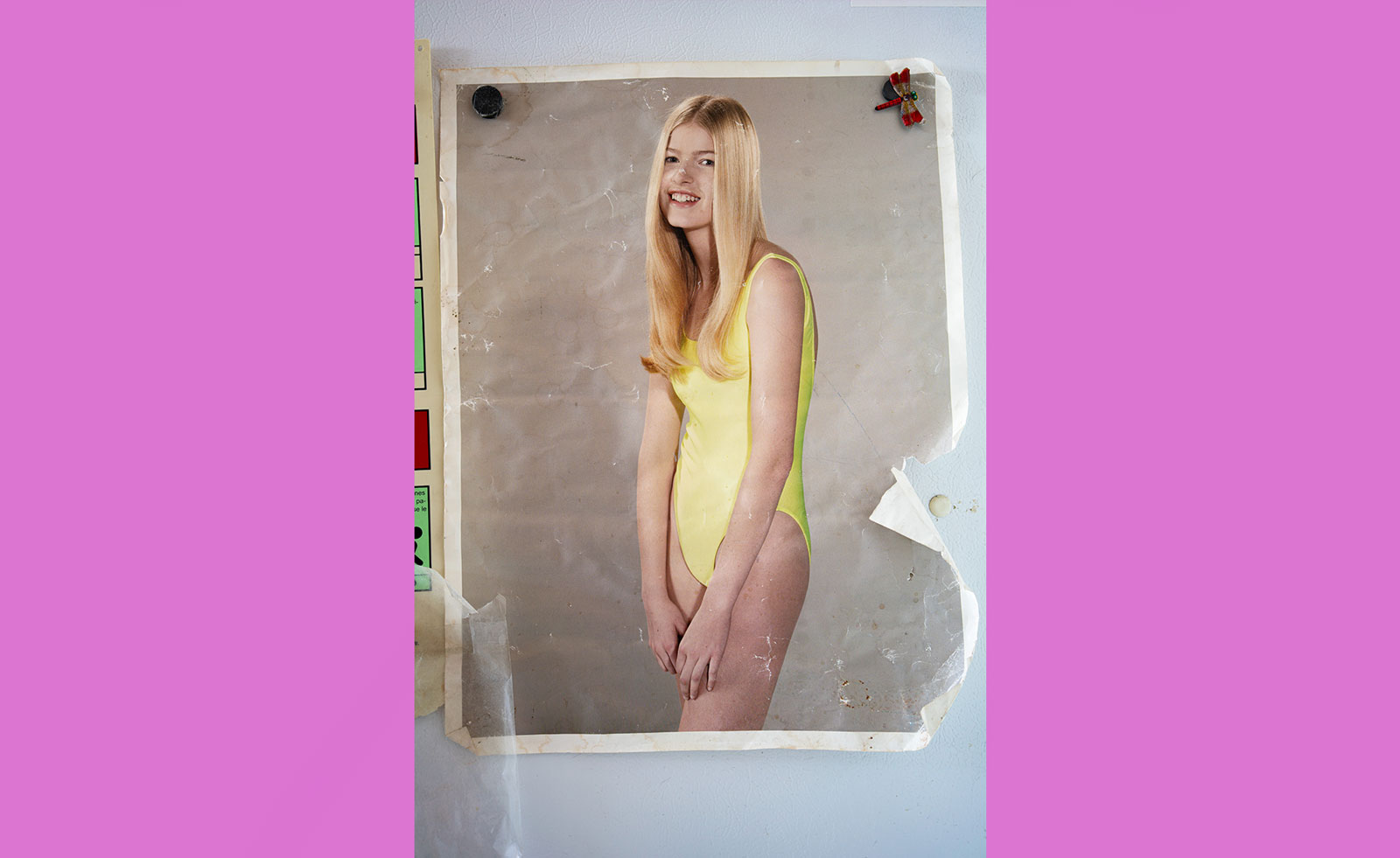 ‘Happy birthday Louise Parker II’: enter the world of Roe Ethridge
‘Happy birthday Louise Parker II’: enter the world of Roe EthridgeRoe Ethridge speaks of his concurrent Gagosian exhibitions, in Gstaad and London, touching on his fugue approach to photography, fridge doors, and his longstanding collaborator Louise Parker
By Zoe Whitfield
-
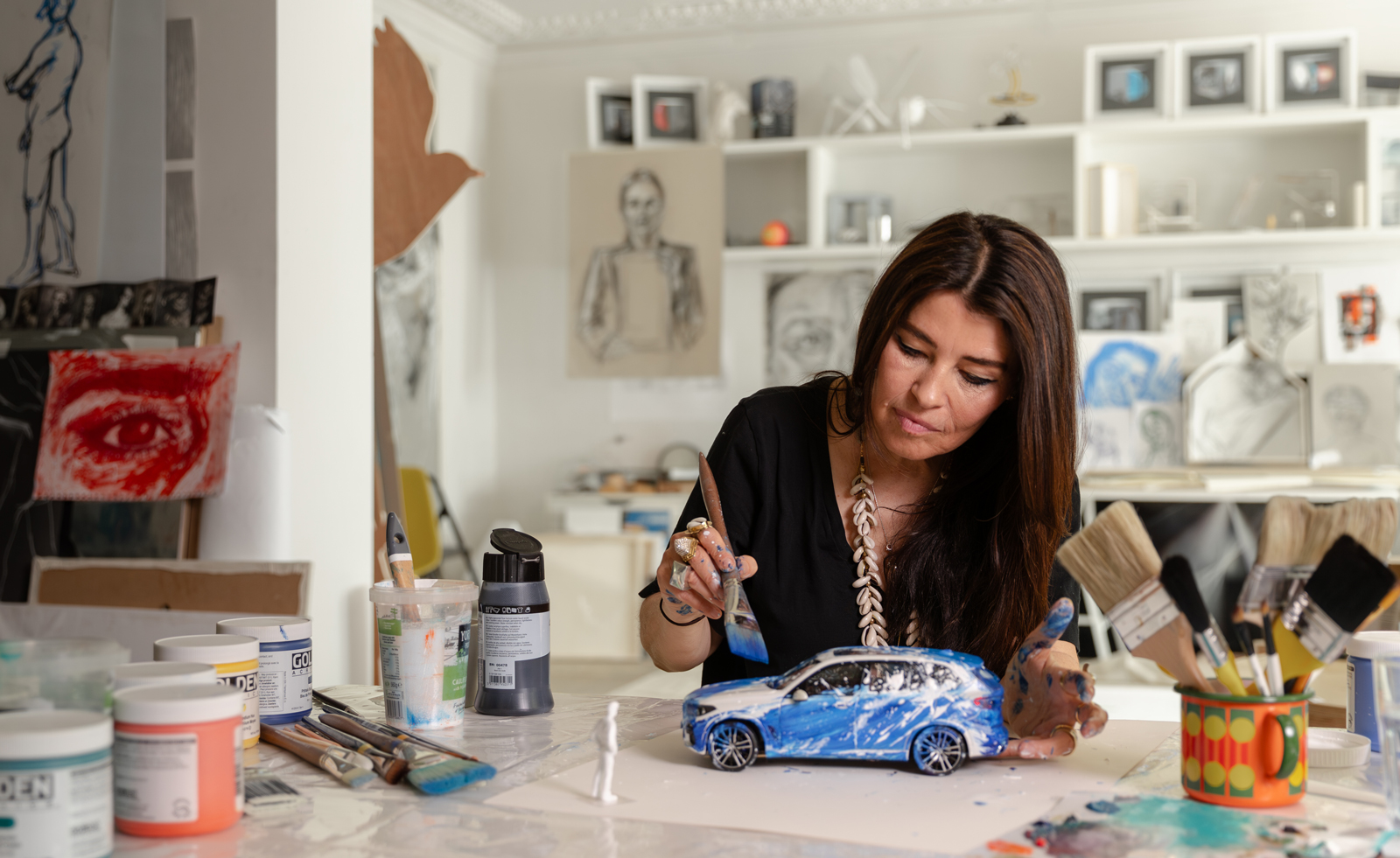 Es Devlin and BMW reveal hydrogen-fuelled collaboration at Art Basel 2024
Es Devlin and BMW reveal hydrogen-fuelled collaboration at Art Basel 2024Es Devlin and BMW celebrate the potential of hydrogen power in installations unveiled at Art Basel 2024, including a take on the BMW iX5 Hydrogen
By Hannah Silver
